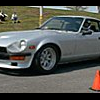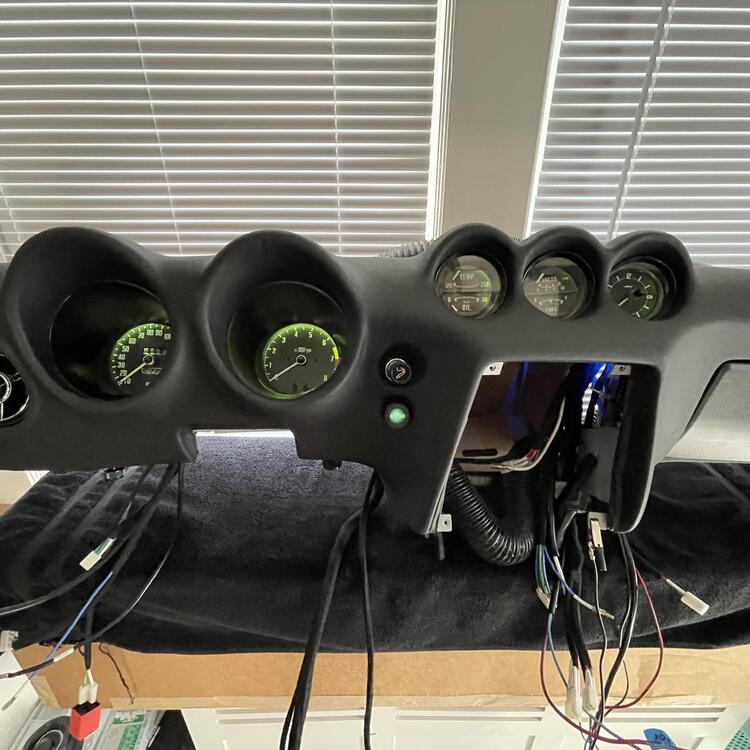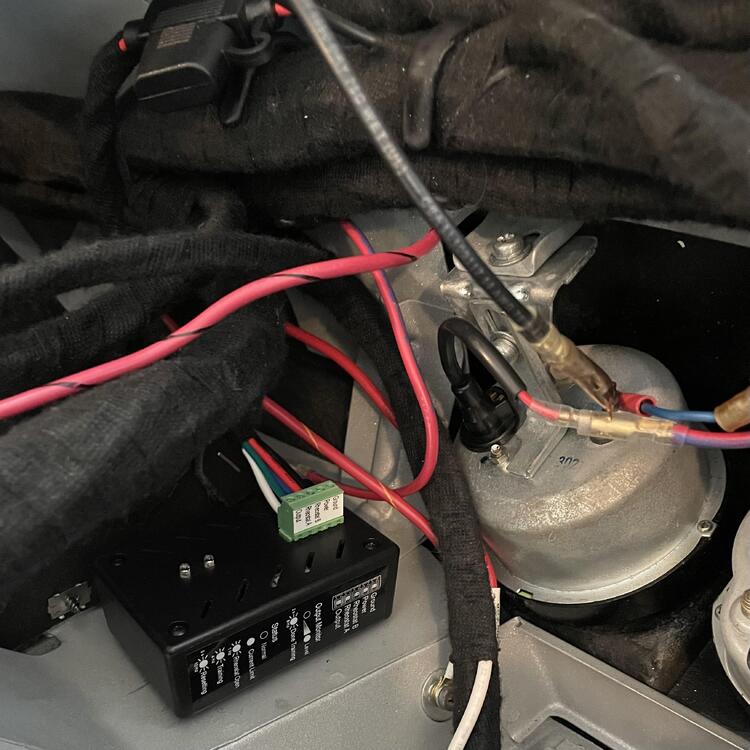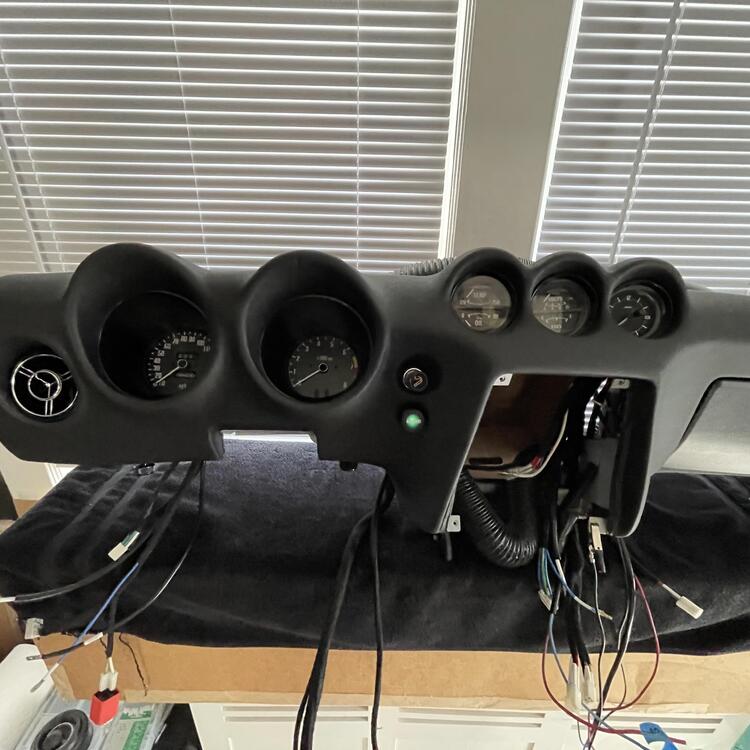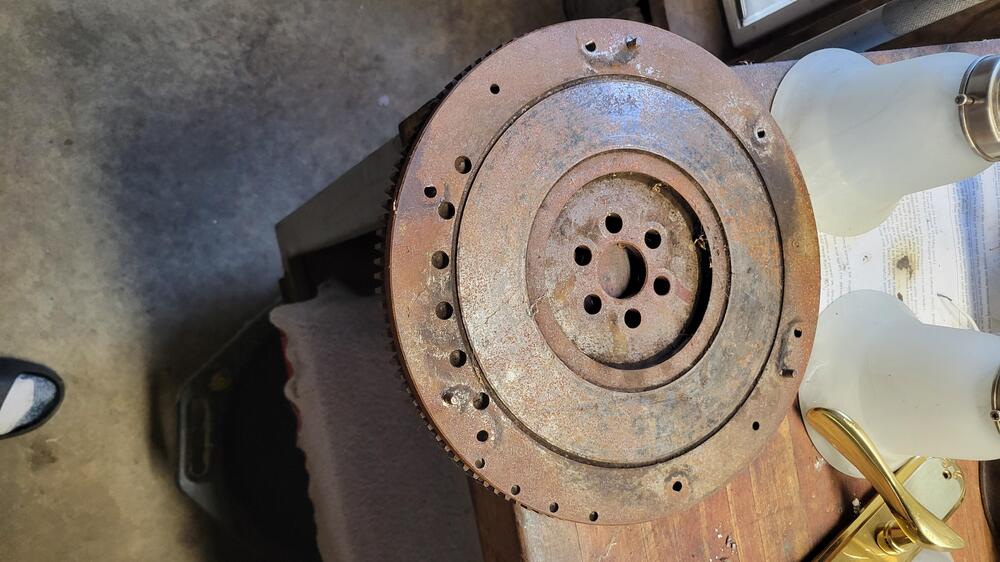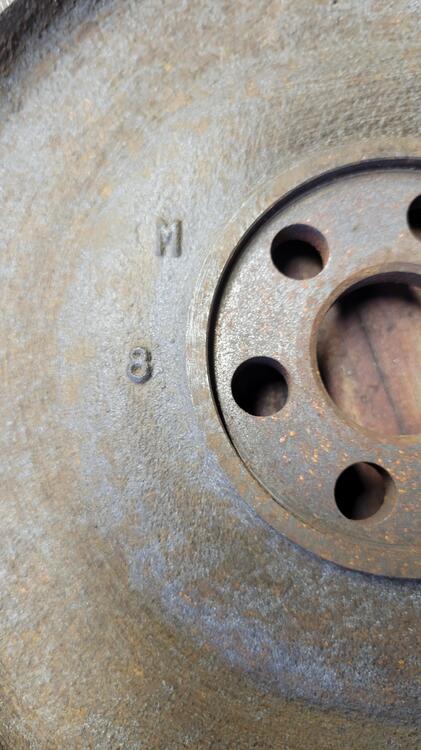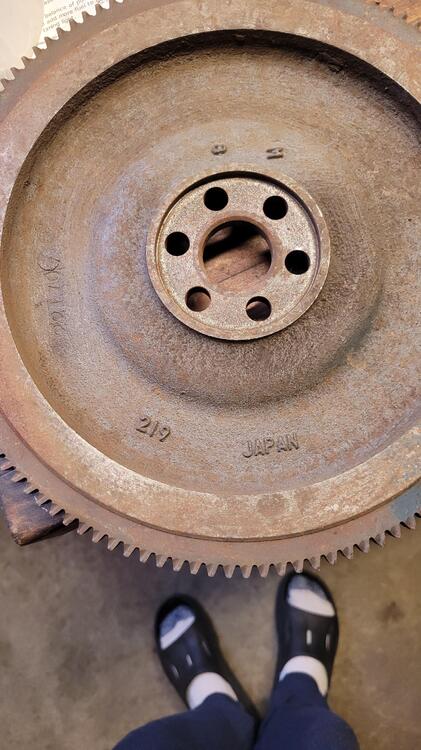Okay, all of my dashboard wiring is finished.
The AILD-1 is being controlled by the OEM rheostat and dimming the lights. I’m a little disappointed that the LEDs don’t seem to come to full brightness. I ran into this issue with another PWM, but the guy who made this one said it can be trained, so I’m hoping he can help me figure out how to fix that.
After messing around with a few different methods, I decided to secure it to the inside of the dash with adhesive Velcro. I made a separate harness for it that taps into one of the ground wires for the instruments and the fiber optic light module.
The rheostat is completely isolated on the blue and green wires and it’s only function is controlling the PWM. The wires that used to go to the rheostat now go to a connector for that harness.
Here are the instruments turned down to zero and the fiber optic light (and all the other lights) still at 100%.
 Subscriber
Subscriber 2Points1,281Posts
2Points1,281Posts




